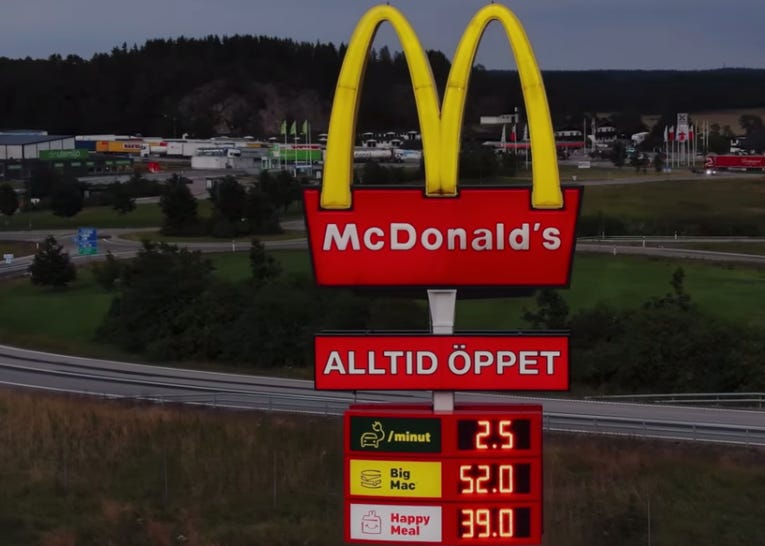U.S. Consumers Indicate Enough Charging is in Place
Public EV charging has been cited as a reason for not purchasing an EV, but the 2021 J.D. Power survey revealed a surprising finding on the current state of charging in the U.S.

The lack of EV public charging has been a rallying cry for detractors, nervous consumers, and even automakers. However, a 2021 J.D. Power Survey shows that public EV charging infrastructure in the U.S. is at a level in metro areas that would meet consumers’ needs if they knew the charging stations existed.
“The amount of fragmented information in almost any industry is wild due to the fragmented media landscape, but the EV industry takes it to another level,” says Stewart Stropp, senior dir. of automotive retail at J.D Power, on the Automotive News’ Shift Podcast in May 2021.
“Of course, the discussion around EV charging falls into the (fragmented information) category,” adds Stropp. “The (charging) information comes from enthusiasts, auto journalists, mainstream press and more, but charging stations/solutions are in all the right locations to make charging successful.”
From the J.D. Power 2021 Survey:
Information begets consideration: Nearly one-third (30%) of non-considerers cite a lack of information as a reason for their lack of consideration. To consider BEVs, shoppers need to be better informed about them and the ownership proposition they offer.
Public EV Charging in Metro Areas
Stropp and J.D. Power’s “2021 U.S. Electric Vehicle Consideration Study” builds a case that charging infrastructure in U.S. metro areas — where 90% of EVs are being sold — are adequate for the next rush of EV demand in the U.S.
So, how did the J.D. Power study work? Respondents answered numerous questions with these four options:
Was an EV on their car-buying radar in 2021?
Very Likely
Likely
Somewhat Likely
Not Interested or Considering
Two out of ten people surveyed were very likely considering an EV purchase in 2021, while two out of ten were not interested or considering. The rest — 6 out of 10 — fall in the likely to somewhat likely to consider purchasing EV,” according to Stropp.
However, the big takeaway from the NOT considering group — two out of ten — was the idea that there wasn’t enough charging infrastructure.
From the Podcast:
Stewart Stropp: “There’s a large percentages of these “non-considerators” who are saying that they would need to see charging stations every 10, 25, 50, or even 100 miles and that number comes in right around 11% out of that “non-considerators” group.
For the most part, aside from your truly rural areas, public chargers out there meet that requirement. So, I think what it does is kind of highlight a disconnect, which again, I think you can attribute to a lack of information, and a lack of clarity and knowledge of where to get information on what it is like to own an EV. And how you might go about charging your EV if you're on a road and so on.”
This also begs the question of whether the “likely” or “somewhat likely” groups are aware of public charging stations. Recent conversations with new EV owners tend to favor owners with home charging capability and a passion for EV new technology, not an obsession with public charging.
» Related Content | The 2021 Plugged In EV Glossary
» Related Content | Find out more about public charging stations in your area
Question to the crowd: How familiar are you with your metro EV charging stations?
Before you go…
Just saw the review for the BMW i4 via Engadget, and I like the styling in general — it looks like a BMW — and the 300 miles (though not verified by the EPA):


Interesting article Grant!